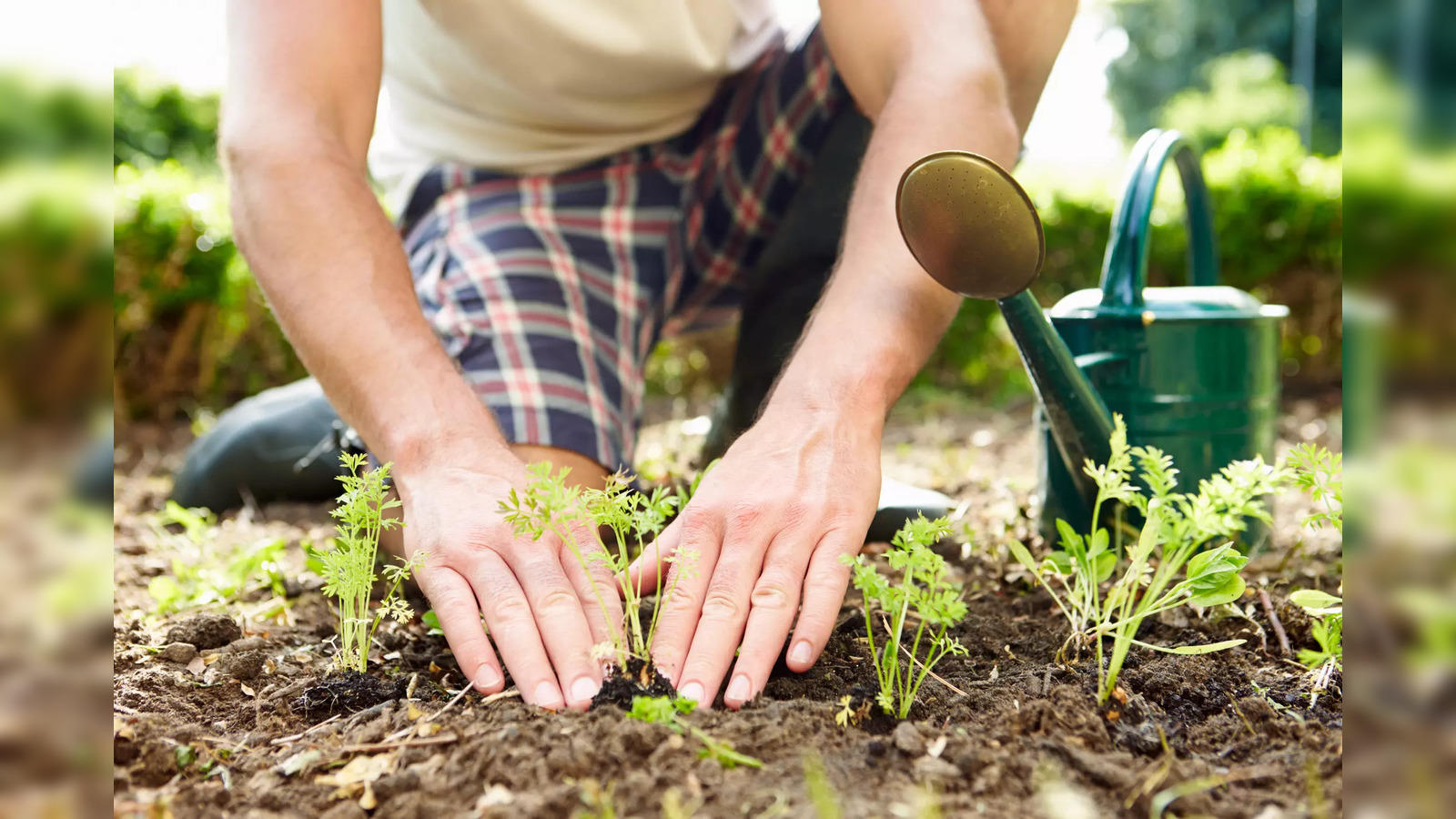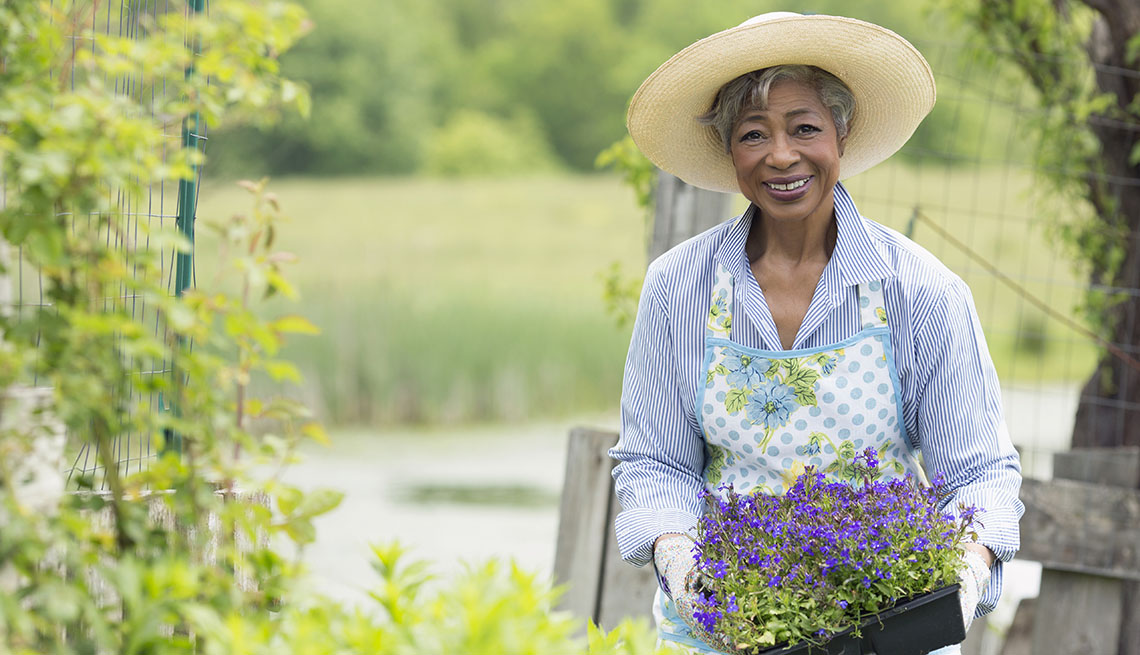The Ultimate Overview to Horticulture for Beginners: Detailed Tips and Strategies for Growing a Prospering Yard
Are you prepared to study the world of horticulture? Look no even more than "The Ultimate Guide to Horticulture for Beginners." This detailed guide will stroll you via everything you need to recognize to grow a thriving garden. From understanding your yard area to picking the right plants and preparing the dirt, we've obtained you covered. Prepare to unleash your eco-friendly thumb and create a lovely, prospering yard.
Recognizing Your Yard Area
Comprehending your yard room is necessary for producing a flourishing yard. This will aid you figure out which plants will thrive in each location. gardening kit for beginners.
Following, analyze the soil in your garden. Is it sandy, clay-like, or loamy? Recognizing your dirt kind will certainly direct you in picking the right plants and implementing suitable dirt modifications. Additionally, think about the water drainage of your garden. Is it susceptible to waterlogging or does it drain promptly? This info will certainly aid you make notified choices concerning watering and plant positioning.
In addition, focus on any kind of microclimates within your yard. These are little areas that may differ in temperature level or wetness levels compared to the remainder of your yard. A south-facing wall surface might preserve heat, producing a warmer microclimate. Utilize these variants to your advantage by growing moisture-loving or heat-loving plants in these locations.
Choosing the Right Plant Kingdoms

Next, consider your gardening objectives and preferences. Are you looking to grow veggies, flowers, or a mix of both? Do you prefer low-maintenance plants or are you ready to place in added initiative for high-yield plants? Think concerning the amount of time, energy, and sources you want to invest in your yard.
Additionally, consider the area available in your garden. Take measurements and plan out the design of your plants. Take into consideration the mature dimension of each plant and see to it they have enough area to expand without overcrowding each various other.
Finally, assume concerning the practicality of your plant options. home gardening for beginners. Will you have the ability to provide the required treatment and maintenance for your picked plants? Think about factors such as watering, fertilizing, pest control, and pruning
Preparing the Soil for Growing
Once you have actually chosen the ideal plants for your growing yard, it's time to dive right into the crucial task of preparing the soil for growing. Take a sample and examination its pH levels, as various plants thrive in various pH varieties.

As soon as the dirt is all set, produce furrows or openings for growing. The depth and spacing will certainly depend on the specific demands of your picked plants, so describe the seed packets or plant labels for advice. Carefully position the plants in their designated spots, ensuring that the origins are covered with dirt. Strongly push the dirt around the base of each plant to eliminate any air pockets.
Lastly, water the freshly grown area completely. This will aid work out the dirt and supply the plants with the dampness they need to establish themselves. As you water, beware not to remove the soil or damage the fragile plants. With appropriate dirt prep work, your yard will certainly be fully equipped to support the development and success of your plants.
Watering and Fertilizing Techniques
After preparing the dirt for growing, it's vital to recognize reliable watering and fertilizing methods to make sure the health and wellness and growth of your yard. It's vital to strike a balance when it comes to watering. Overwatering can cause root rot and various other conditions, while underwatering can result in stunted development and wilting. The trick is to offer enough water to maintain the soil constantly wet but not saturated. One way to gauge if your plants require watering is by sticking your finger concerning an inch into the soil. If it feels dry, it's time to water. When watering, aim for the base of the plants, as wetting the fallen leaves can motivate illness. When it comes to fertilizing, it's crucial to offer your plants the nutrients they need to grow. Organic plant foods, such as garden compost or well-rotted manure, are exceptional options as they offer a slow launch of nutrients. It's ideal to apply fertilizers in very early spring or late autumn, complying with the instructions on the bundle. Keep in mind to water your plants after fertilizing to help the nutrients get to the origins. By mastering these watering and feeding strategies, you'll be well on your way to a thriving yard.
Keeping a Healthy Yard
To maintain a healthy yard, you need to frequently evaluate your plants for indicators of illness or insects. By doing gardening for beginners this, you can catch any type of issues beforehand and take the essential steps to avoid them from spreading and creating damages to your whole garden. Try to find any kind of unusual places on fallen leaves, yellowing or wilting foliage, or openings in the fallen leaves, as these can be indications of pests or diseases. If you see any of these indicators, it is very important to take instant activity.
One method to combat bugs is by making use of natural solutions such as insecticidal soaps or neem oil. These are reliable in controlling typical bugs like aphids, mites, and whiteflies without hurting beneficial bugs. Another approach is to urge beneficial insects like ladybugs and lacewings, which eat garden bugs. Planting blossoms such as sunflowers, marigolds, and daisies will attract these helpful insects to your garden.
In enhancement to parasites, conditions can likewise impact your plants. Appropriate spacing between plants and good air circulation can also help protect against the spread of conditions.
Verdict
In verdict, gardening can be a fulfilling and satisfying pastime for beginners. By understanding your garden space, picking the right plants, preparing the dirt, and implementing correct watering and feeding techniques, you can develop a successful garden. Remember to preserve its health and wellness by consistently often tending to it. With patience and devotion, you'll soon be delighting in the beauty and bounty of your very own flourishing yard. Satisfied horticulture!
Make use of these variations to your advantage by growing moisture-loving or heat-loving plants in these areas.
